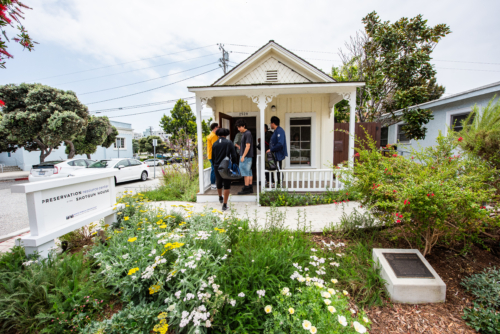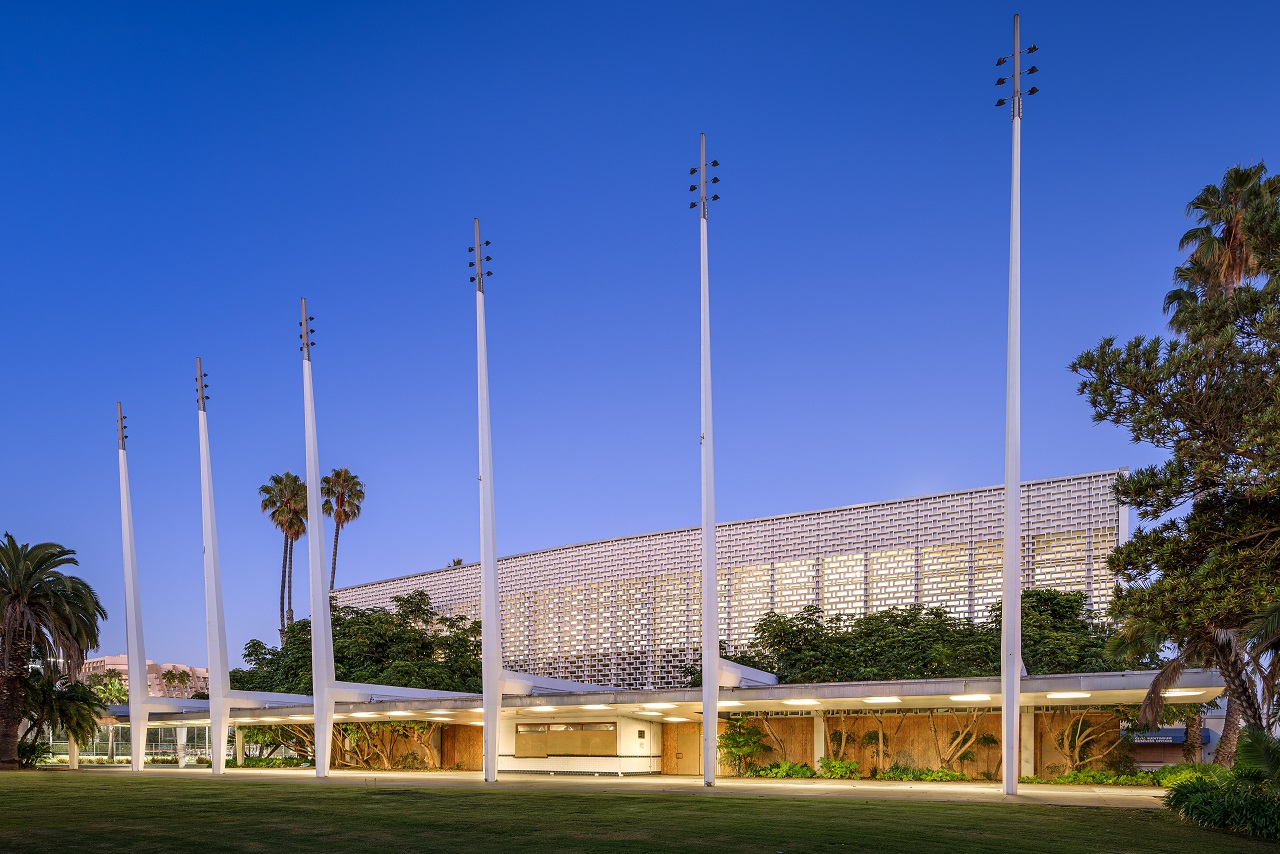The Santa Monica Conservancy Hosts MOSAIC: City Expressed highlighting the City’s Artist Communities Past and Present
The Santa Monica Conservancy is excited to announce MOSAIC: City Expressed, an episode of the ongoing Santa Monica Mosaic livestream series. This event will explore the vibrant arts communities that have shaped Santa Monica’s creative spirit and social conscience.
Date: Sunday, September 22, 2024
Time: 5:00 PM to 6:00 PM PT
In-Person Watch Party Location: Shotgun House, 2520 Second St, Ocean Park, Santa Monica (limited seating, contact: Kaitlin Drisko, kaitlin@smconservancy.org)
Virtual Access: Available via Zoom (registration required)
The Santa Monica Mosaic livestream series continues its celebration of the city’s diverse creative arts world. This particular episode, “MOSAIC: City Expressed,” will delve into how artists from around the globe have been drawn to Santa Monica, not only for its unique natural light and beach culture but also for the affordable workspaces created from repurposed abandoned buildings.
The program will showcase the development of historic arts communities such as Drescherville, 18th Street Art Center, Bergamot Station, and Main Street. Attendees will learn how these communities gave new purpose to forgotten places while creating world-class art. The presentation will be richly illustrated with an array of imagery depicting the city’s notable arts districts.
Two distinguished speakers will provide in-depth insights into specific aspects of Santa Monica’s art scene. Local historian Mark Gorman will discuss Main Street’s internationally famous past, highlighting studios of art world superstars Richard Diebenkorn, Sam Francis, and James Turrell. Gorman will also share stories of the colorful creative community that populated the district.
Jan Williamson, Executive Director of 18th Street Art Center, will recount the globally respected complex’s fascinating history. Williamson will explain the Center’s evolution into a highly productive and socially active creative organization and discuss how the Center creates opportunities for artists in historically underserved neighborhoods across the state.
Attendance is via Zoom with all participants registering through the Conservancy’s website. For limited seating reservations for our watch party gathering at the Shotgun House, which marks a new way for the community to engage with the Santa Monica Mosaic series, please contact Executive Director Kaitlin Drisko at kaitlin@smconservancy.org to reserve your seat.
Santa Monica Mosaic is a joint presentation of the Santa Monica Conservancy and the Santa Monica History Museum. Admission is free for Museum and Conservancy members, teachers, and students, while the general public can attend for $10. This event offers a unique opportunity to engage with Santa Monica’s rich artistic heritage and connect with fellow art enthusiasts in the community.
About Santa Monica Conservancy
The Santa Monica Conservancy is a 501(c)(3) organization serving as the leading voice of heritage conservation in the city. The Conservancy is dedicated to preserving landmarks and enhancing community spaces through collaboration with local partners. Through advocacy, community engagement, education, and partnerships, the Conservancy works to discover and preserve significant places. In a recent significant achievement, the Conservancy’s nomination of the Santa Monica Civic Auditorium to the National Register of Historic Places was recently approved by the California State Historic Resources Commission, further solidifying its commitment to raising awareness of the city’s architectural and cultural heritage.
For more information about the Santa Monica Conservancy, its programs, and to register for this event, please visit smconservancy.org.
Contact Information
For media inquiries or additional information, please contact:
Melina Castorillo
Communications Associate
Email: melina@smconservancy.org



 Image: The Santa Monica Civic Auditorium, Source: State Historical Preservation Office (SHPO)
Image: The Santa Monica Civic Auditorium, Source: State Historical Preservation Office (SHPO)






